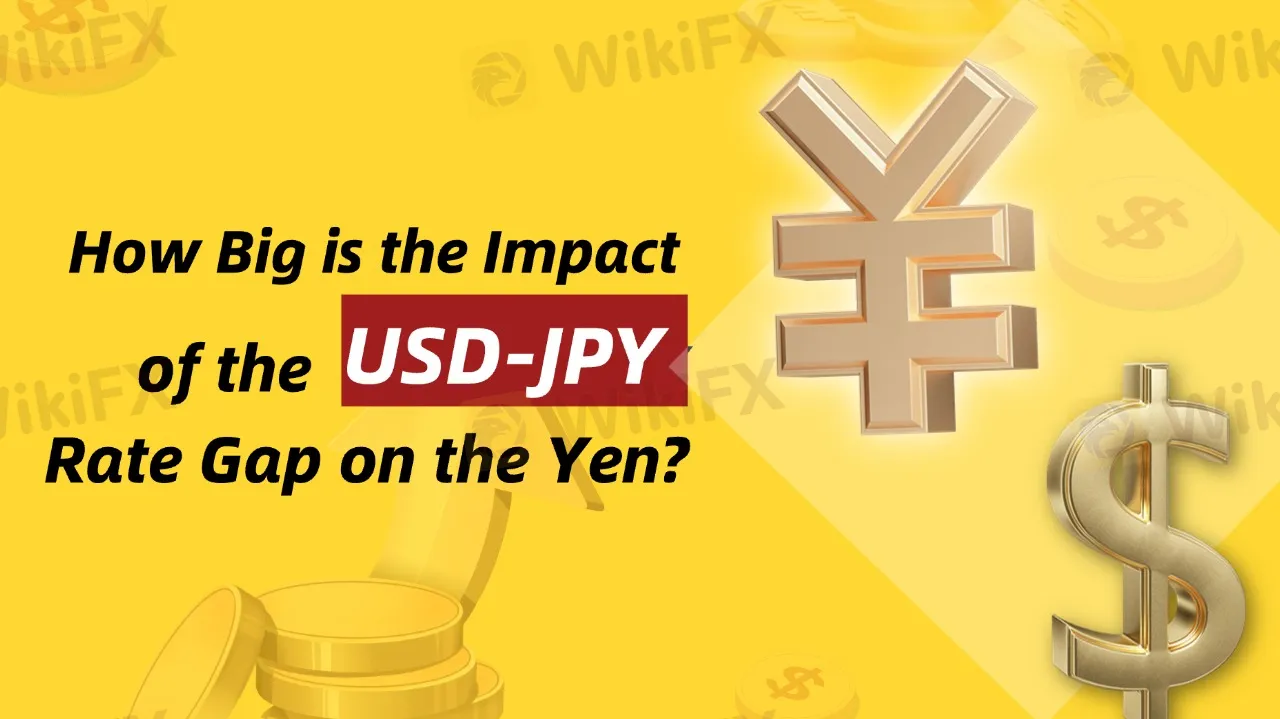简体中文
繁體中文
English
Pусский
日本語
ภาษาไทย
Tiếng Việt
Bahasa Indonesia
Español
हिन्दी
Filippiiniläinen
Français
Deutsch
Português
Türkçe
한국어
العربية
How Big is the Impact of the USD-JPY Rate Gap on the Yen?
abstrak:The U.S. Federal Reserve's repeated rate cuts and the narrowing of the U.S.-Japan interest rate differential are now in sight. So, why is the U.S.-Japan interest rate differential so important for the yen’s safe-haven appeal, especially when global economic uncertainty rises?

Simply put, when the Federal Reserve raises interest rates or the Bank of Japan maintains low (or even negative) rates, the U.S.-Japan interest rate differential widens. In such cases, investors are more likely to shift funds toward the U.S. market, where returns are higher, particularly in the bond market. This leads to capital outflows from Japan, reducing demand for the yen and driving it lower. In this scenario, the yen's safe-haven function weakens because investors tend to seek higher-return assets.
Conversely, when the U.S.-Japan interest rate differential narrows, investors may reduce demand for U.S. assets and shift back to Japanese assets or the yen.
In 2022 and 2023, the Fed's significant rate hikes caused a sharp depreciation of the yen as the U.S.-Japan interest rate gap continued to widen. This weakened the yen's safe-haven appeal, and investors preferred the U.S. dollar as a safer asset.
Looking at 2024, the Fed cut rates in the second half of the year, which should have narrowed the interest rate differential. However, due to the slow pace of rate cuts, it couldn‘t catch up with the speed of the yen’s depreciation, so the effect was limited.
In conclusion, the U.S.-Japan interest rate differential is closely linked to the yen's safe-haven properties. A widening or narrowing of the differential directly affects capital flows and the yen‘s exchange rate. Typically, when the differential widens, the yen’s safe-haven appeal weakens, and the yen depreciates. When the differential narrows, the yen‘s attraction as a safe-haven currency may strengthen, causing the yen to appreciate. Therefore, investors should closely monitor changes in the Federal Reserve and Bank of Japan's monetary policies, as well as global economic and geopolitical risks, when assessing the yen’s safe-haven status.

Disclaimer:
Ang mga pananaw sa artikulong ito ay kumakatawan lamang sa mga personal na pananaw ng may-akda at hindi bumubuo ng payo sa pamumuhunan para sa platform na ito. Ang platform na ito ay hindi ginagarantiyahan ang kawastuhan, pagkakumpleto at pagiging maagap na impormasyon ng artikulo, o mananagot din para sa anumang pagkawala na sanhi ng paggamit o pag-asa ng impormasyon ng artikulo.
Broker ng WikiFX
Exchange Rate







